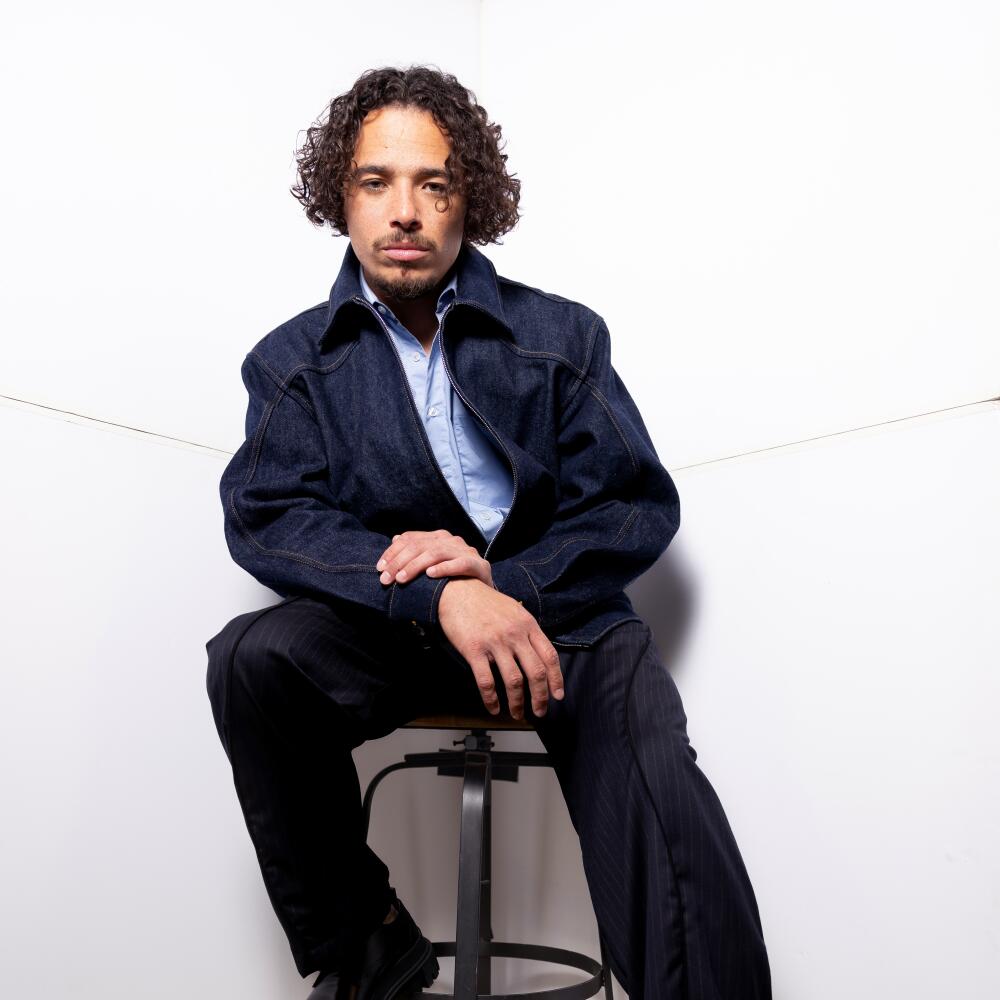
- Share via
Since breaking out in the hit musical “Hamilton” in 2015, Anthony Ramos has moved from Broadway to the big screen, starring alongside Lady Gaga in “A Star Is Born” and earning a Golden Globe nomination for his leading “In the Heights” turn as Usnavi.
He has faced down titans in “Godzilla: King of the Monsters” and teamed up with the Autobots in “Transformers: Rise of the Beasts,” but last summer, while shooting “Twisters,” Ramos says, “S— got real.”
A standalone sequel to the 1996 disaster film “Twisters” follows Kate (Daisy Edgar-Jones) and Javi (Ramos), two former storm chasers who reunite after drifting apart following the aftermath of a devastating tornado. Back in Oklahoma, they set out to put new methods of storm tracking to the test, while occasionally clashing with brash but charming “tornado wrangler” and internet personality, Tyler Owens (Glen Powell). Helmed by “Minari” director Lee Isaac Chung, it’s a crowd-pleasing whirlwind with heart and plenty of epic action sequences.
Shot on location in the middle of tornado season, Ramos says it was an experience unlike any other — one that quickly taught him and his co-stars just how unpredictable and powerful a twister can be.

What drew you to “Twisters”? Were you a fan of the original?
It’s an awesome franchise, and the first film was really iconic. But I think the main reason I signed on was for [director] Lee Isaac Chung. I just wanted to work with him, because he’s one of the best in the game right now. I wanted an opportunity to spend a few months with him, learn from him, and make a great movie.
What was it about his approach to a “disaster movie” that you were drawn to?
I felt like he could just focus on the characters and the story. He made a big movie feel small and personal. For the most part, it felt like we were shooting an indie, except for when we were being blown away with fans and rain. [Laughs] But aside from that, it was pretty intimate.
I’m sure you experienced a lot of firsts on this set, especially when it came to filming the storm sequences.
Yeah, “Transformers” was pretty special effects heavy, but this was something else. I mean, they had a jet engine from a plane that they were using for the wind. It was so powerful that we’d roll up to film in our truck, I’d open the door, and it was like, “Yo, this is gonna fly off.” Even filming the final scene, where Glen [Powell] gets pinned down, and I’m trying to help him, we were getting pelted with gallons of water. I’m talking like two dumpsters full of water coming at us like a cannon. It was like a ride at Universal Studios. It was a wild experience.
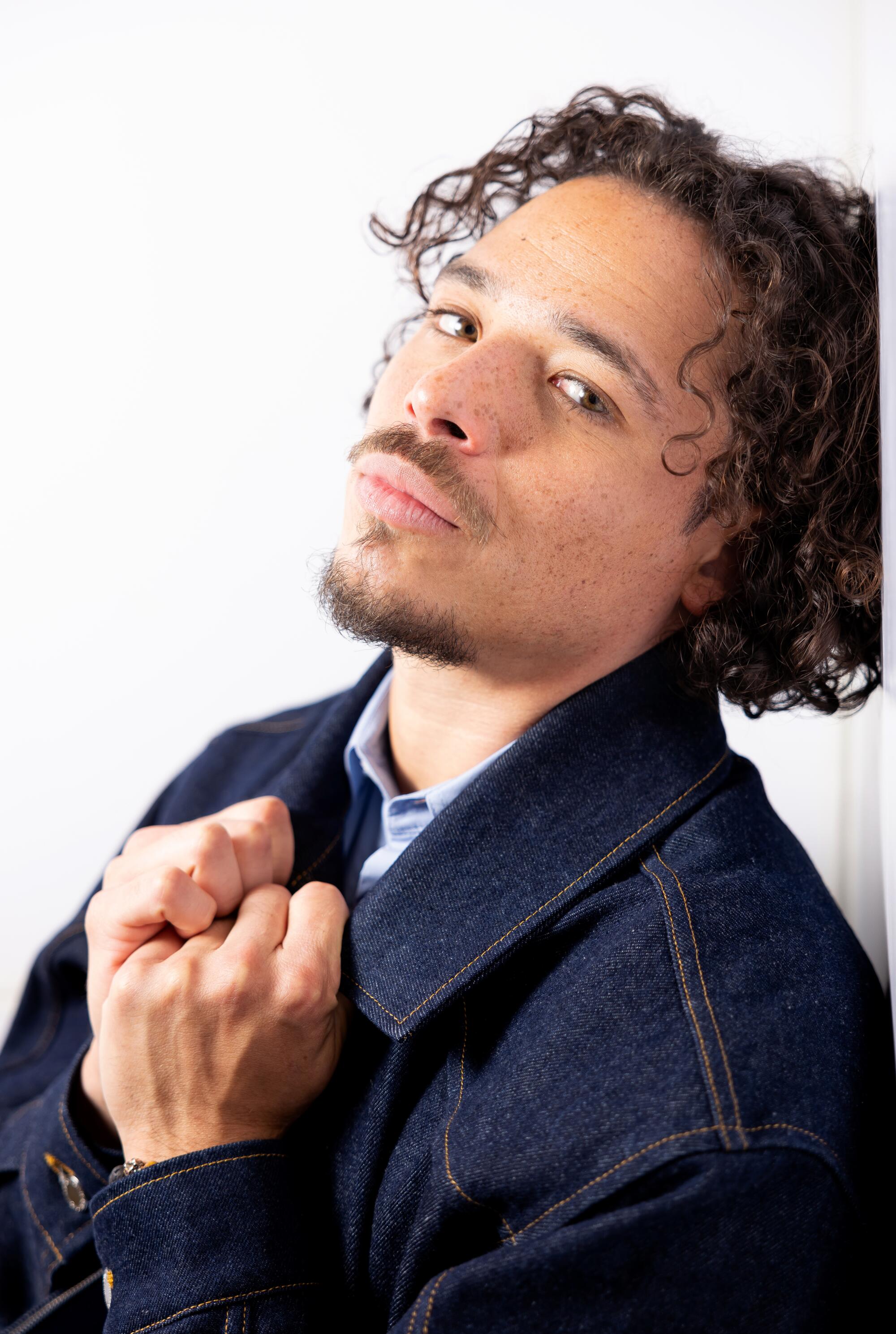
What was it like shooting in the middle of tornado season in Oklahoma?
We had a whole special effects team, but a lot of the [weather] was real. I’m talking like, it would be blue skies, and we’d be like, ‘Wow, it’s such a gorgeous day out.’ Then all of a sudden, within minutes, it was overcast, and the wind started blowing. It was like, ‘Wait, where did this come from?’ Every now and then a tornado touched down near us, especially when we started to shoot further outside of Oklahoma City. It got pretty hectic out there.
Were there any close calls?
We had to wrap up early a couple of times. There was one scene where me and David Corenswet were shooting in the car, and behind us was this awesome storm cloud. They told us we had to stop because it was gonna turn into something, and sure enough it did. It turned into a real tornado, and our director went and chased it with one of our storm chaser consultants, Sean.
What did you learn from the storm chasers on set with you?
Oh, we’d ask them everything from what music they play while they’re out there chasing, or what they do when they’re out in the field. I realized a lot of chasing is actually just waiting for something to happen. We also got to see all the cool stuff they do with their cars. They rig them with all this technology to detect wind speed, and moisture, but also they have so much stuff prepared for any situation. Sean had an ax in his car, and when I asked him about it, he said he kept it in there because when he’s out chasing, a tree could just fall on his car. He’s got to be prepared for anything.
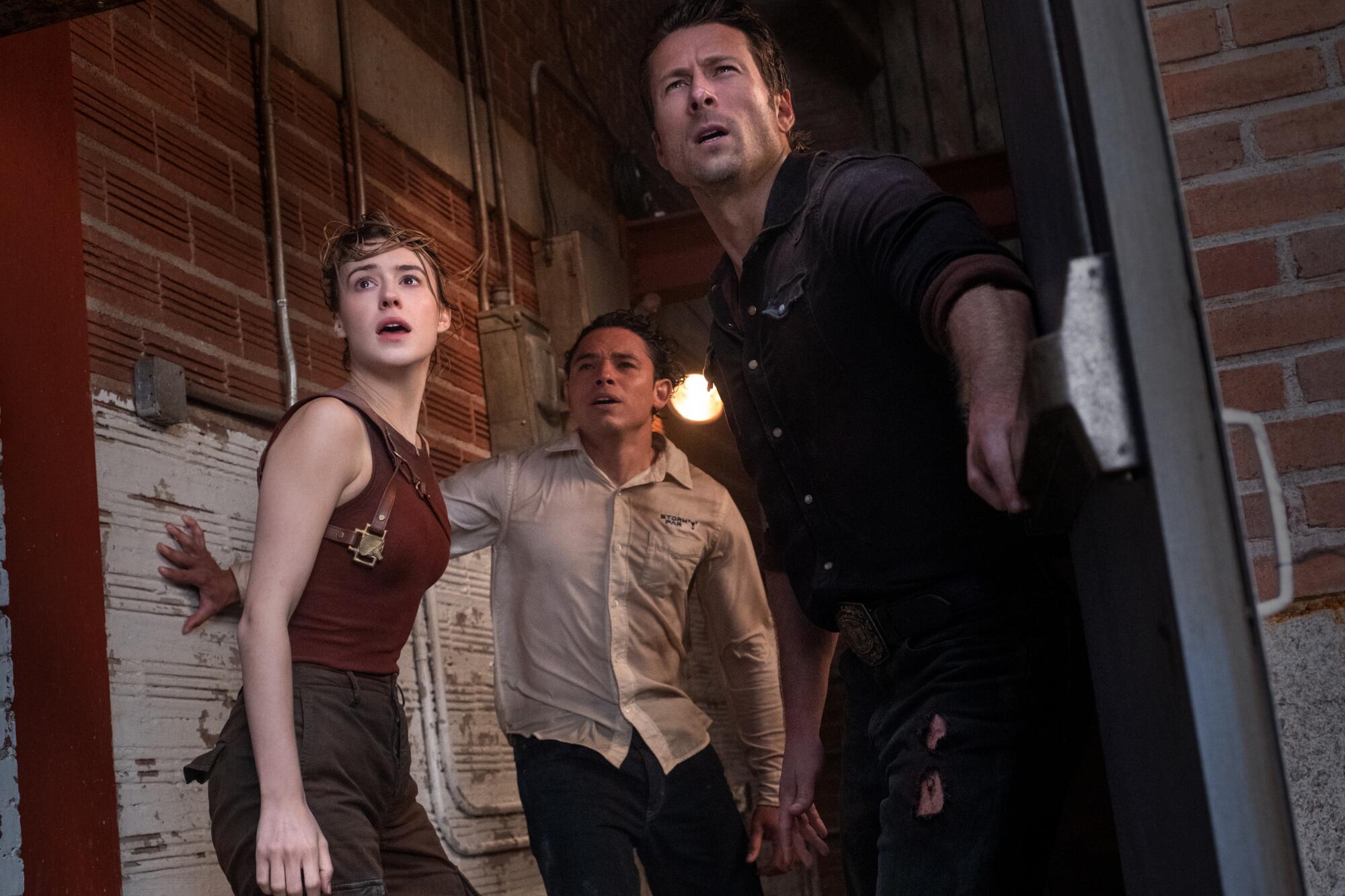
You mentioned that executive producer Steven Spielberg wanted you to use your real accent for the movie. Did that shape the kind of backstory you developed for Javi?
Yeah, I thought of him as someone who grew up in Miami, who went to [Oklahoma University] to study storms, and became a storm chaser. It made sense to me that he’d want to study storms, because he probably grew up around hurricanes, and I learned from Sean that they chase hurricanes, too. He’s literally gone into the eye of a hurricane.
What does it mean to you to be playing a character in a major blockbuster with your real accent?
It’s a big deal for me to be able to speak the way I speak in a movie like this. I never heard a scientist sound like me. Ever. When you grow up in a neighborhood that’s low income, or in the projects, being a meteorologist isn’t exactly the first thing on your list. When I was growing up, not just me, but my friends, we never thought about being a news anchor, a scientist, or a storm chaser. We didn’t know that was even an option. But now that I’ve watched it on the big screen, it’s like, ‘Oh, yeah, a guy from Brooklyn could do this if he wanted. Why not?’ Javi sounds like he knows what he’s talking about. I don’t know what I was saying, but I sounded smart. [Laughs]
Javi brings up this kind of moral question in the movie about people who try to profit off of disaster-prone areas. Is that something you’ve gained insight on after going back to Puerto Rico in the aftermath of Hurricane Maria?
After Maria, there were a lot of people who saw an opportunity on the island. Unfortunately, that hurricane devastated the island in a way where a lot of people moved and left for New York or Florida or wherever they could go. So people who had money capitalized on that. They bought up land, and you see now that they’ve developed it into a tourist attraction. But what I took from that experience was the resilience of the people. It was so inspiring.
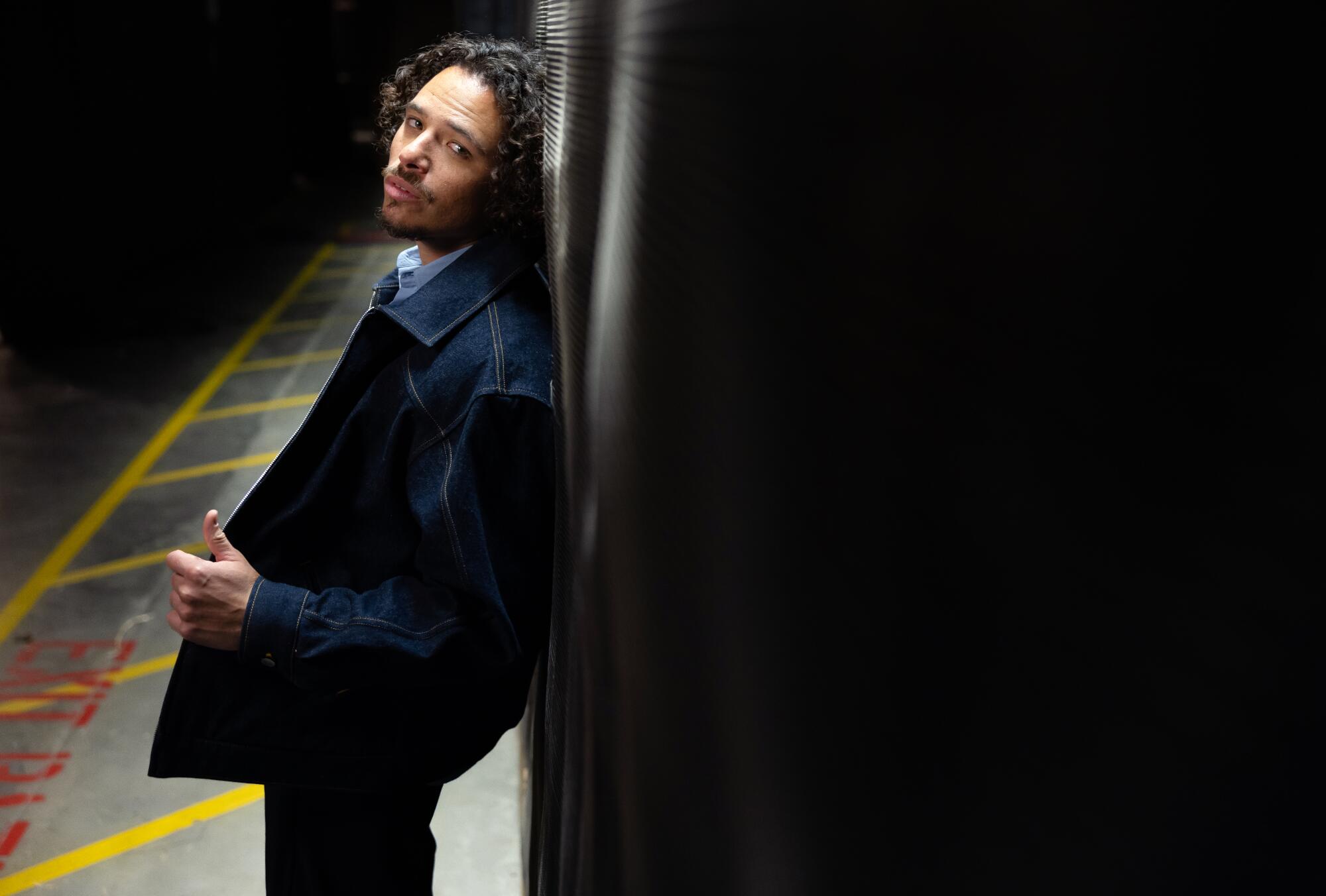
What sticks with you the most from that time?
I was there working with Defend Puerto Rico, this organization my boy Eli Jacobs-Fantauzzi started. We were there clearing out this guy’s house that had been absolutely decimated, and they were going to knock it down and try to rebuild. He was devastated, but there was this woman there that kept saying, “¿Quién dice que no se puede?” (Who says that we can’t do it?) We don’t need to wait for anybody, we can do this ourselves, we’ll figure it out. To experience complete devastation, and just have the sheer courage and heart and faith in other people, it’s special.
That’s a dynamic you also see a bit in both films. In rural or remote communities where these storms are a reality, people might feel a little bit left behind, so they learn to count on each other and take things into their own hands.
Exactly. It’s powerful to see people coming together for themselves. It was this whole attitude of ‘We’re gonna figure this out.’ People were protesting and fighting for what was theirs, because that’s their land, and they love it like no one else.
Now that you’ve had a chance to decompress from tornado warnings and sudden storms, what’s next on the horizon?
I can’t wait for my new music to start coming out. I’ve been working on that for a minute now. I’m also producing, so I’m excited about the “Bob the Builder” movie, working with Mattel. I like being able to see an idea from start to finish. It takes a long time, but it’s exciting to build something. I’m also writing a musical. I’ve been working on that with my boy Will Wells, who I met in “Hamilton” on Broadway. We have 14 songs already. It’s been an amazing experience.
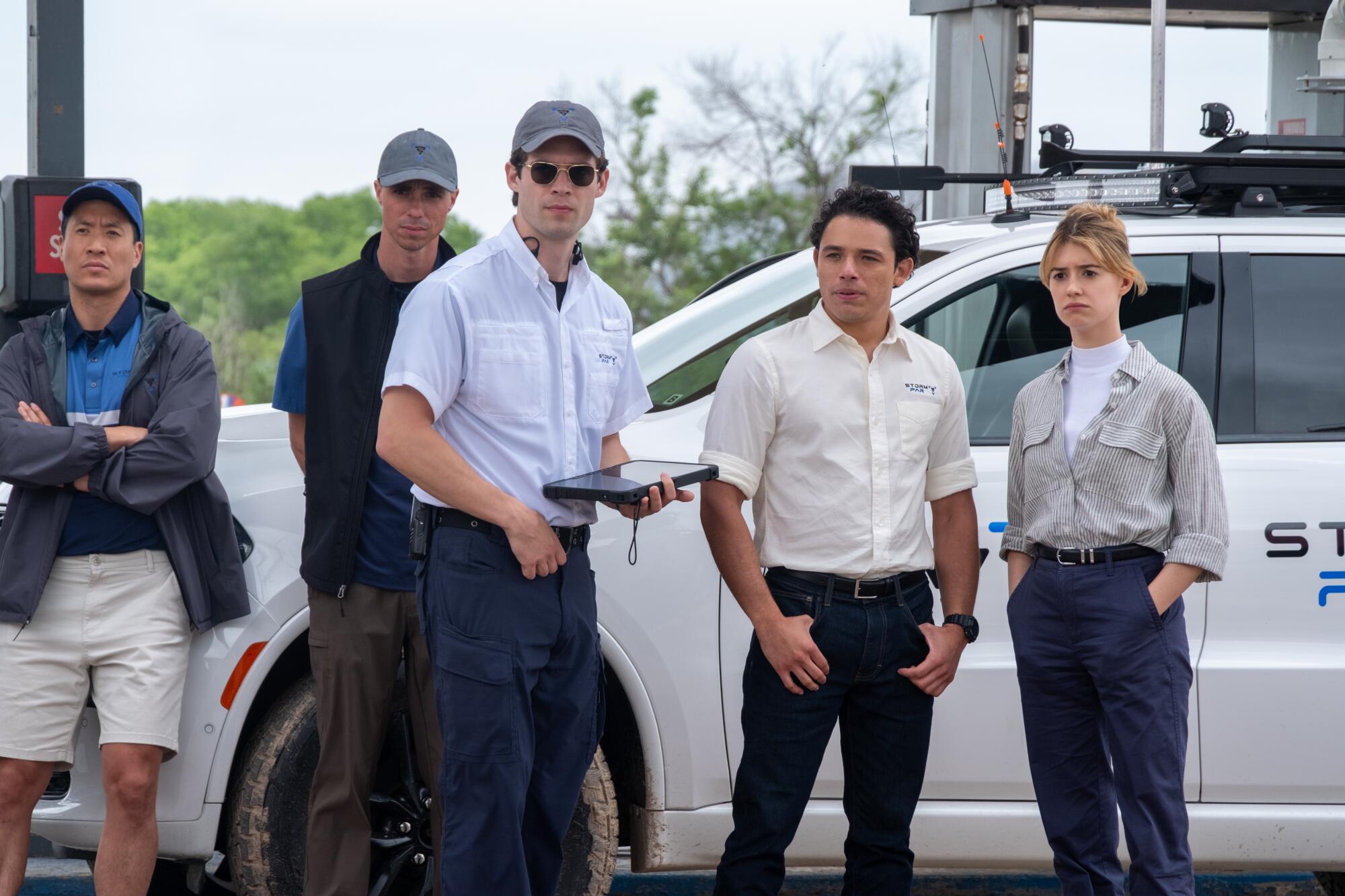
More to Read
The Latinx experience chronicled
Get the Latinx Files newsletter for stories that capture the multitudes within our communities.
You may occasionally receive promotional content from the Los Angeles Times.






